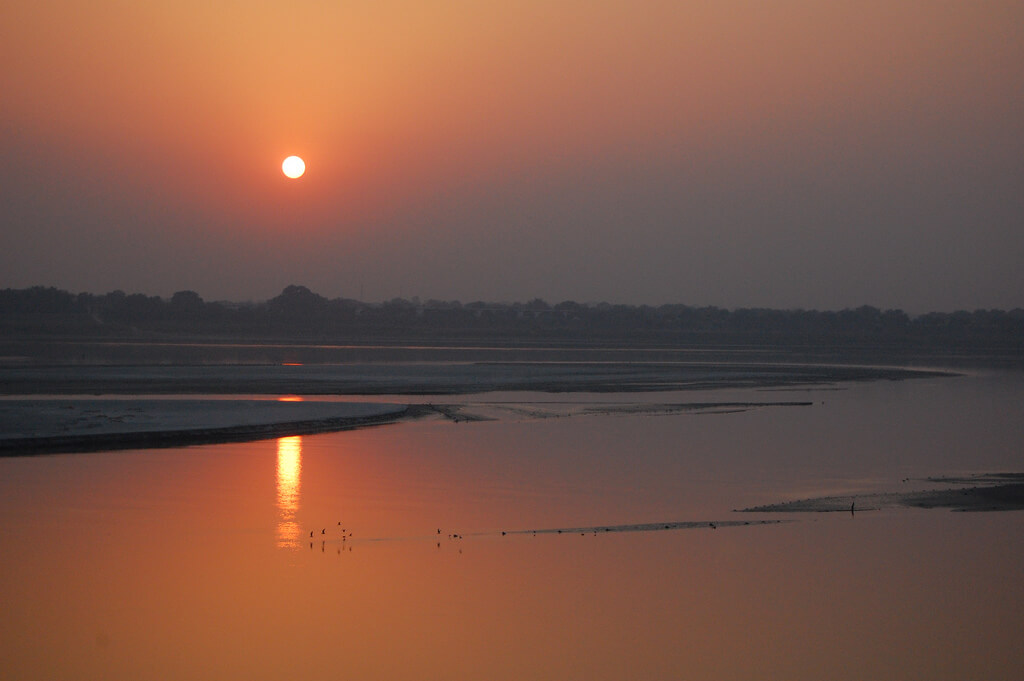Hydrological dynamics: A case study of the Ganga River

Summary
A recent study by IIT Roorkee challenges the common assumption that glacial melt is the main contributor to the Ganga’s summer flow in the plains. Instead, the research study shows that groundwater is the dominant source and finds that declining summer flow is more likely linked to growing human interventions than groundwater depletion. The findings, published in June, prompted the National Green Tribunal to take suo motu cognisance, impleading key central agencies including the Union Ministry of Environment, Forests and Climate Change and the Central Ground Water Board, and directed them to file detailed affidavits before the next hearing.
The study examines how river discharge in the Ganga is shaped by multiple factors, including evaporative losses, aquifer levels, and grounder-river interactions. In the middle plains which span roughly 1,200 kilometres and are a hub for agriculture and industry, evaporative losses account for nearly 58 percent of the river’s initial volume. Drawing on two decades of field data, the study shows relatively stable groundwater levels across much of the central Ganga plain, strengthening the case that reduced summer flows are largely the result of rising human pressures rather than aquifer decline.
Read the study here.
